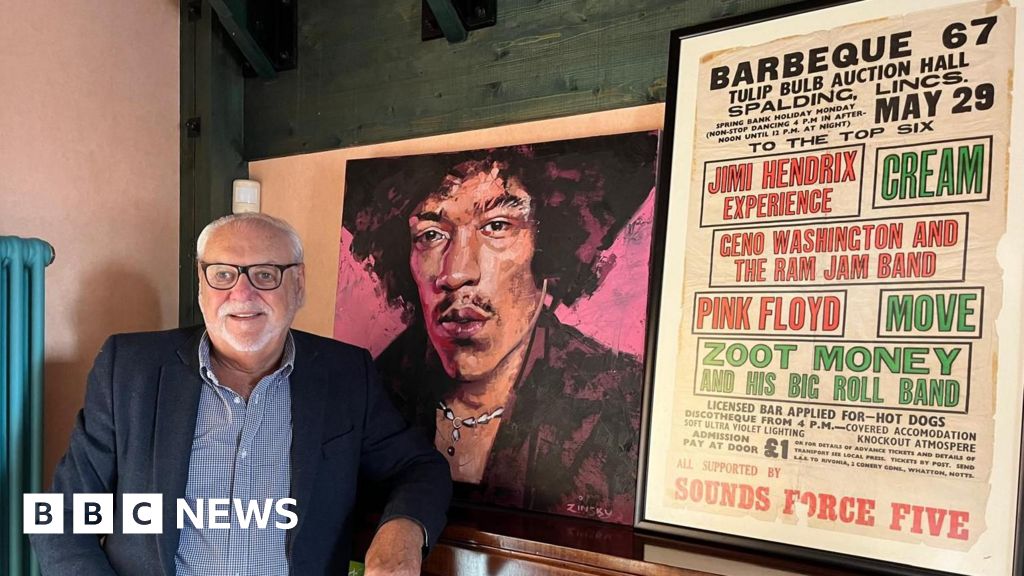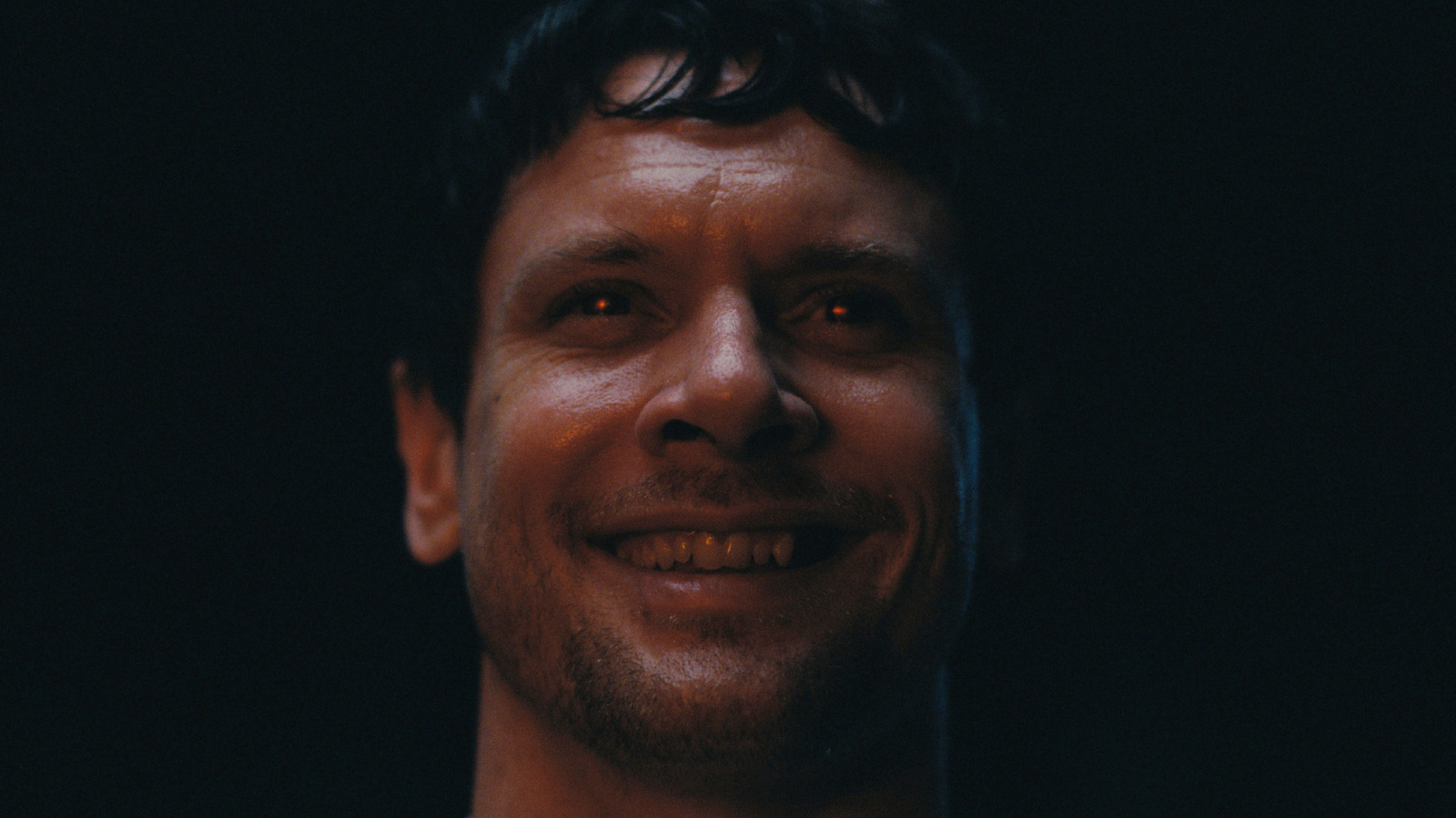Nintendo's Switch 2 Upgrade Strategy: A Double-Edged Sword?

In a significant reveal during Wednesday's Switch 2 Direct presentation, Nintendo unveiled plans to allow players of the original Switch to enhance their gaming experiences by purchasing upgrade packs for select titles. The announcement is not unexpected, as Nintendo has a long-standing history of re-releasing classic games, often encouraging fans to purchase them multiple times across different consoles. However, the news has sparked mixed reactions among gamers, some of whom feel that such strategies lean towards exploiting loyal customers, raising concerns about potential backlash.
The launch of a new console that features full backward compatibility with its successor’s games presents unique challenges for console makers. Chief among these challenges is determining the pricing and upgrade paths for games that exist on both systems, particularly when the new platform sees a rise in game prices—something Nintendo is indeed doing.
When Sony and Microsoft launched their latest consoles, they faced similar dilemmas but adopted contrasting strategies. Microsoft took a notably consumer-friendly approach by allowing players who own Xbox One titles to upgrade to Xbox Series X versions at no additional cost automatically. This means that players can enjoy the best version of their games seamlessly, fostering goodwill and ensuring that consumers feel they are getting their money’s worth.
On the other hand, Sony's upgrade system has been perceived as less generous and more convoluted. While numerous titles allow players to transition from PlayStation 4 to PlayStation 5 for free, many others come with a $10 fee for upgrades—most notably titles like Marvel’s Spider-Man and Grand Theft Auto V. Moreover, some games had limited-time offers for upgrades, while others forced players to repurchase titles outright if they wished to play them on the newer console.
This confusion around pricing and availability led to significant discontent within the PlayStation community. When the much-anticipated game Horizon Forbidden West was announced without a clear upgrade path, it upset fans to the extent that Sony was compelled to reverse its decision, offering a free upgrade and committing to future upgrade options, albeit with a cost.
Nintendo now finds itself navigating a similarly treacherous terrain. Although the company did not disclose the costs associated with its upgrade packs, the price point will play a crucial role in shaping player sentiment. For instance, will the cost of upgrading to the Switch 2 Edition of critically acclaimed titles like The Legend of Zelda: Breath of the Wild—now with improved performance and additional companion-app features—be comparable to the upgrade for Kirby and the Forgotten Land, which promises an entirely new expansion? This uncertainty may leave gamers in a state of apprehension.
Moreover, Nintendo is offering a tier of free patches for select titles, including fan favorites like Super Mario Odyssey and Pokémon Scarlet and Violet. These patches, while not categorized as full Switch 2 Editions, aim to enhance playability and may include improvements in performance or features like GameShare, depending on the game.
This landscape is further muddied by the fact that the specifics of pricing and third-party publisher policies regarding Switch 2 Editions remain unknown. On the PlayStation side, many developers opted for free upgrades, a practice that Nintendo has yet to clarify.
There is, however, a notable difference in Nintendo's approach compared to Sony's. While many PS5 upgrades focused solely on visual and performance enhancements—such as improved resolution and frame rates—players often felt they were paying to unlock features of a console they already owned. Conversely, Nintendo seems committed to ensuring that its Switch 2 Editions add tangible value beyond mere graphic upgrades. The Zelda titles will feature the new but arguably minor Zelda Notes companion features, while Super Mario Party Jamboree introduces a completely new gameplay mode, utilizing the Switch 2’s unique capabilities, including mouse controls and advanced camera features. Even Kirby and the Forgotten Land promises an engaging new story, showcasing Nintendo's dedication to providing substantial content improvements.
Some upcoming releases, particularly Kirby and Super Mario Party, appear to align with the Deluxe editions of previous Wii U titles, reinforcing the idea that Nintendo aims to enhance the overall value proposition for consumers. However, there is one notable exception: the Switch 2 Edition of Pokémon Legends: Z-A, which at this point, appears to offer only visual upgrades without any additional enhancements.



























